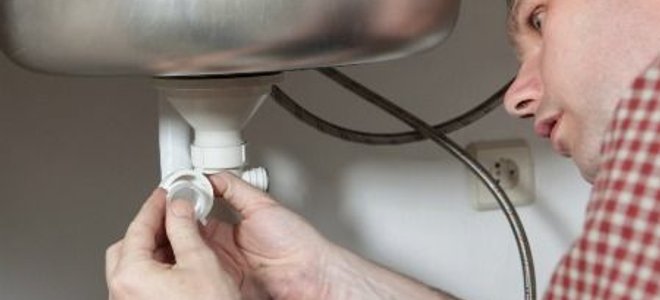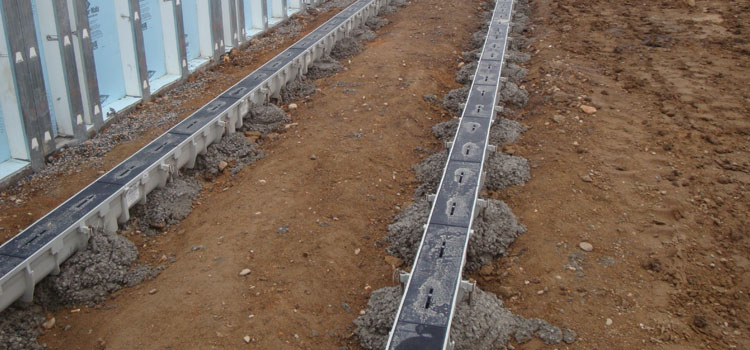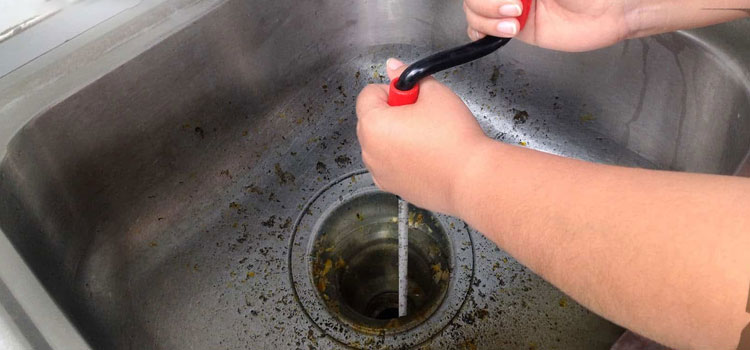How to Install a Kitchen Sink Drain
Installing a kitchen sink drain may seem like a daunting task, but with the right tools and a little know-how, it can be a manageable DIY project. Here are the steps you need to follow to successfully install a kitchen sink drain.
How to Install a Kitchen Sink Drain Pipe
The first step in installing a kitchen sink drain is to install the drain pipe. This is the pipe that connects the sink to the main drain line. To do this, you will need a drain pipe kit, which can be found at most hardware stores. Follow the instructions on the kit to connect the pipe to the sink and the main drain line.
DIY Kitchen Sink Drain Installation
For those who are looking to save money, installing a kitchen sink drain yourself can be a great option. However, it is important to have some basic plumbing knowledge and the right tools before attempting this project. Make sure to carefully follow the instructions and take your time to ensure the drain is installed correctly.
Step-by-Step Guide for Installing a Kitchen Sink Drain
Step 1: Gather the necessary tools and materials - Before you begin, make sure you have all the tools and materials you will need for the project. This includes a drain pipe kit, plumber's putty, adjustable wrench, and a hacksaw.
Step 2: Remove the old drain - If you are replacing an old sink, you will need to remove the old drain before installing the new one. This can be done by loosening the nuts that hold the drain in place and pulling it out.
Step 3: Apply plumber's putty - Roll the plumber's putty into a thin rope and place it around the bottom edge of the drain flange. This will create a watertight seal between the sink and the drain.
Step 4: Insert the drain flange - Carefully insert the drain flange into the sink drain hole and press down firmly to create a seal with the plumber's putty.
Step 5: Install the gasket and nut - Place the rubber gasket and nut onto the bottom of the drain flange and tighten with an adjustable wrench.
Step 6: Connect the drain pipe - Using the drain pipe kit, connect the drain pipe to the sink and the main drain line. Make sure all connections are secure.
Step 7: Test for leaks - Run water through the sink to test for any leaks. If you notice any, tighten the connections until they are secure.
Step 8: Finish the installation - Once everything is secure and there are no leaks, you can finish the installation by attaching the sink to the countertop and connecting any additional components, such as the garbage disposal.
Kitchen Sink Drain Installation Tips
Here are a few tips to keep in mind when installing a kitchen sink drain:
• Make sure to turn off the water supply before beginning the installation.
• Use plumber's putty to create a watertight seal between the sink and the drain.
• Double-check all connections to ensure they are secure and leak-free.
Tools Needed for Installing a Kitchen Sink Drain
To successfully install a kitchen sink drain, you will need the following tools:
• Drain pipe kit
• Plumber's putty
• Adjustable wrench
• Hacksaw
Common Mistakes to Avoid When Installing a Kitchen Sink Drain
While installing a kitchen sink drain may seem like a straightforward task, there are a few common mistakes that can easily be made. Here are some things to avoid when installing a kitchen sink drain:
• Not turning off the water supply before beginning the installation.
• Forgetting to use plumber's putty to create a seal between the sink and the drain.
• Not properly securing all connections, leading to leaks.
Professional Kitchen Sink Drain Installation Services
If you do not feel comfortable installing a kitchen sink drain yourself, there are professional plumbing services available to help. They have the knowledge and experience to ensure the drain is installed correctly and without any issues.
Cost of Installing a Kitchen Sink Drain
The cost of installing a kitchen sink drain can vary depending on the complexity of the project and whether you choose to do it yourself or hire a professional. On average, DIY installation can cost between $50-$150, while hiring a professional can cost between $200-$500.
How to Troubleshoot Common Issues with Kitchen Sink Drain Installation
If you encounter any issues during the installation process, here are a few troubleshooting tips:
• Leaks - Check all connections and tighten as needed.
• Clogs - Use a plunger or drain cleaner to clear any clogs in the drain.
• Foul odors - Pour a mixture of baking soda and vinegar down the drain to eliminate any unpleasant smells.
Installing a kitchen sink drain may seem like a daunting task, but with the right tools and knowledge, it can be a manageable DIY project. However, if you do not feel comfortable doing it yourself, do not hesitate to hire a professional to ensure the job is done correctly. With these tips and step-by-step guide, you can have your kitchen sink drain installed in no time.
Installing a Kitchen Sink Drain Line: Tips and Tricks for a Smooth Process

Why is Proper Installation of a Kitchen Sink Drain Line Important?
 When it comes to house design, the kitchen is often considered the heart of the home. It is a place where families gather to cook, eat, and create memories. However, a poorly installed kitchen sink drain line can quickly turn this bustling hub into a nightmare. A clogged or leaky drain line can lead to unpleasant odors, water damage, and even costly repairs. That's why proper installation of a kitchen sink drain line is crucial for the overall functionality and longevity of your kitchen.
When it comes to house design, the kitchen is often considered the heart of the home. It is a place where families gather to cook, eat, and create memories. However, a poorly installed kitchen sink drain line can quickly turn this bustling hub into a nightmare. A clogged or leaky drain line can lead to unpleasant odors, water damage, and even costly repairs. That's why proper installation of a kitchen sink drain line is crucial for the overall functionality and longevity of your kitchen.
The Step-by-Step Process of Installing a Kitchen Sink Drain Line
 Before you begin the installation process, it's important to gather all the necessary tools and materials. This includes a hacksaw, adjustable pliers, pipe wrench, plumber's putty, PVC pipe, and fittings. Once you have everything you need, follow these steps for a smooth and successful installation:
Step 1: Measure and Cut
Measure the distance between your sink drain and the main waste line. This will determine the length of PVC pipe you will need to connect the two. Use a hacksaw to cut the PVC pipe to the desired length.
Step 2: Attach the Drain Assembly
Apply plumber's putty to the underside of the drain basket and insert it into the sink drain hole. Secure it in place with the provided locknut and gasket. Next, attach the tailpiece to the bottom of the drain basket.
Step 3: Connect the PVC Pipe
Using the appropriate fittings, connect the PVC pipe to the tailpiece and the main waste line. Make sure to use the correct fittings for a secure and leak-free connection.
Step 4: Test for Leaks
Once all the connections are made, turn on the water and check for any leaks. If you notice any, tighten the fittings as needed.
Before you begin the installation process, it's important to gather all the necessary tools and materials. This includes a hacksaw, adjustable pliers, pipe wrench, plumber's putty, PVC pipe, and fittings. Once you have everything you need, follow these steps for a smooth and successful installation:
Step 1: Measure and Cut
Measure the distance between your sink drain and the main waste line. This will determine the length of PVC pipe you will need to connect the two. Use a hacksaw to cut the PVC pipe to the desired length.
Step 2: Attach the Drain Assembly
Apply plumber's putty to the underside of the drain basket and insert it into the sink drain hole. Secure it in place with the provided locknut and gasket. Next, attach the tailpiece to the bottom of the drain basket.
Step 3: Connect the PVC Pipe
Using the appropriate fittings, connect the PVC pipe to the tailpiece and the main waste line. Make sure to use the correct fittings for a secure and leak-free connection.
Step 4: Test for Leaks
Once all the connections are made, turn on the water and check for any leaks. If you notice any, tighten the fittings as needed.
Benefits of Hiring a Professional for Kitchen Sink Drain Line Installation
 While it may seem like a simple task, properly installing a kitchen sink drain line requires knowledge and experience. A professional plumber has the necessary skills and tools to ensure a seamless installation process. They can also provide valuable advice on the best materials and techniques to use for your specific kitchen layout.
Conclusion
In conclusion, the kitchen sink drain line may not be the most exciting aspect of house design, but it plays a crucial role in the overall functionality of your kitchen. By following the proper installation steps or hiring a professional, you can avoid potential headaches and ensure a long-lasting and efficient drain line. Remember to always use high-quality materials and seek professional help if needed.
While it may seem like a simple task, properly installing a kitchen sink drain line requires knowledge and experience. A professional plumber has the necessary skills and tools to ensure a seamless installation process. They can also provide valuable advice on the best materials and techniques to use for your specific kitchen layout.
Conclusion
In conclusion, the kitchen sink drain line may not be the most exciting aspect of house design, but it plays a crucial role in the overall functionality of your kitchen. By following the proper installation steps or hiring a professional, you can avoid potential headaches and ensure a long-lasting and efficient drain line. Remember to always use high-quality materials and seek professional help if needed.



/how-to-install-a-sink-drain-2718789-hero-b5b99f72b5a24bb2ae8364e60539cece.jpg)


:max_bytes(150000):strip_icc()/how-to-install-a-sink-drain-2718789-hero-24e898006ed94c9593a2a268b57989a3.jpg)













/how-to-install-a-sink-drain-2718789-hero-24e898006ed94c9593a2a268b57989a3.jpg)


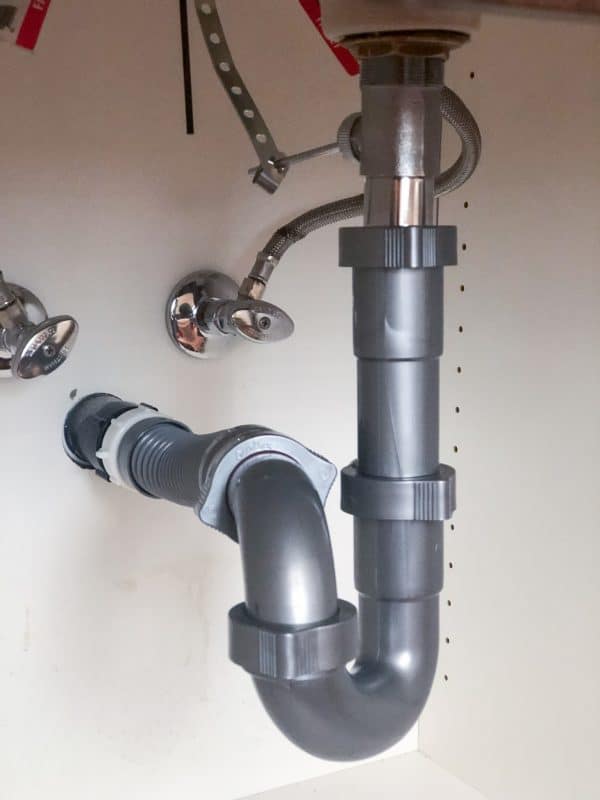



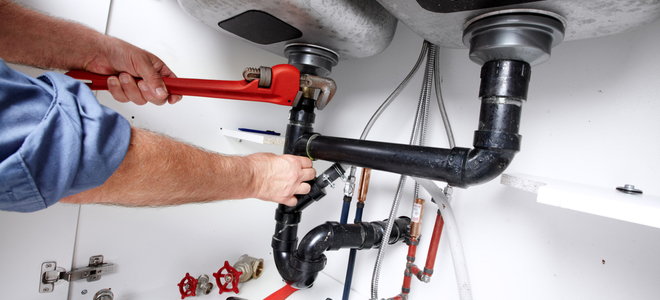
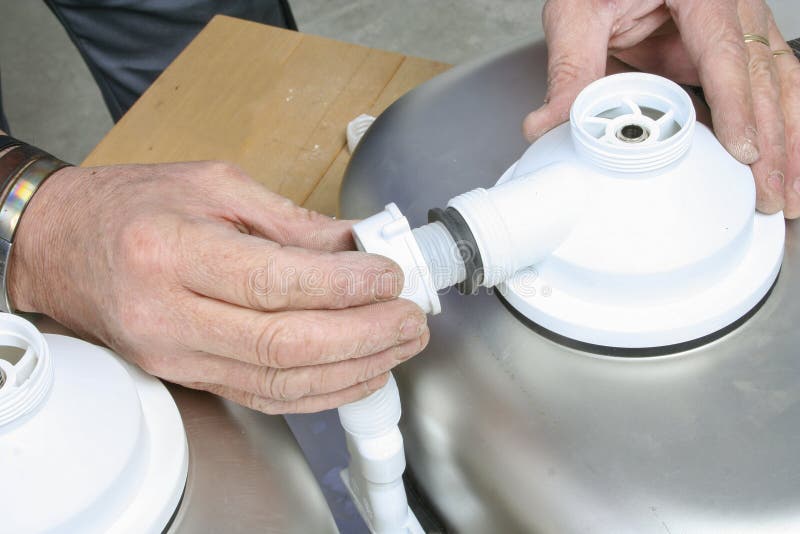



:no_upscale()/cdn.vox-cdn.com/uploads/chorus_asset/file/19495086/drain_0.jpg)




